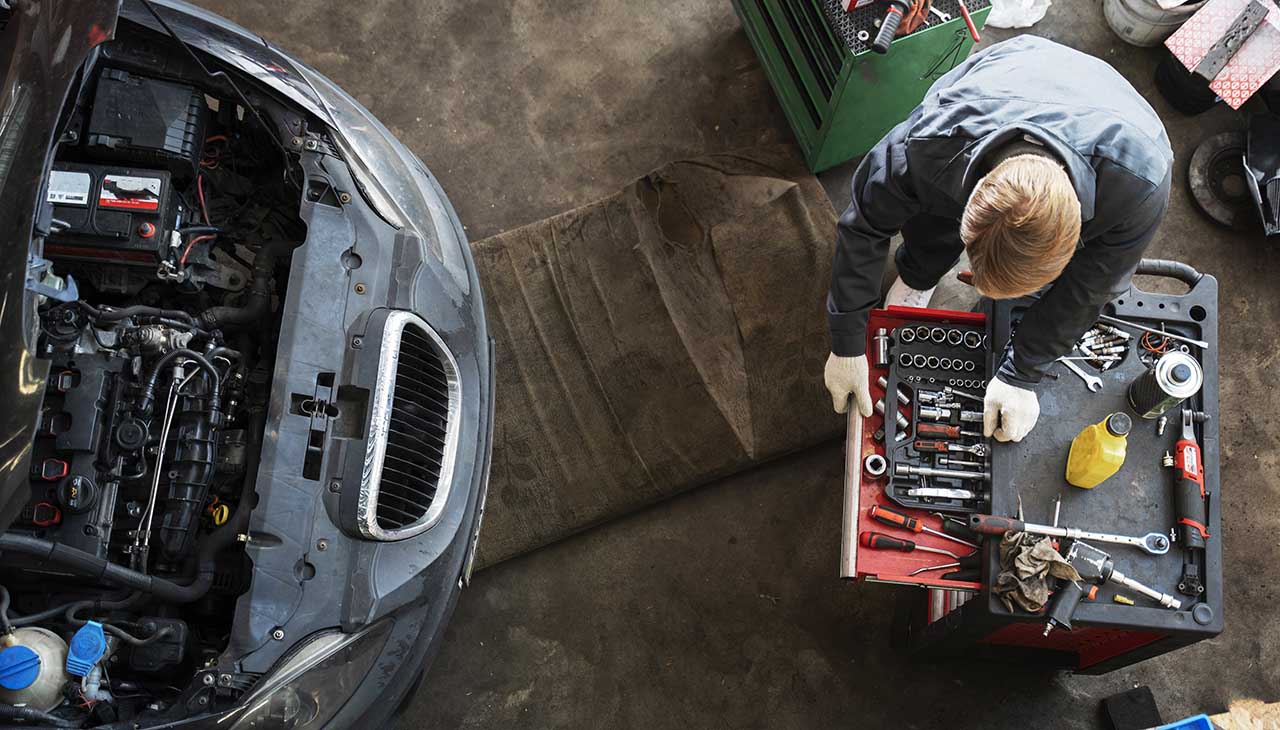Regular brake checks and maintenance are pivotal in ensuring vehicle safety and operational reliability. The braking system, a vital component of any vehicle, requires periodic inspections and maintenance to prevent potential failures that could lead to hazardous situations. Neglecting brake maintenance not only endangers the driver and passengers but also other road users. By understanding the importance of regular brake checks, vehicle owners can ensure their brakes are always in optimal condition, ultimately contributing to a safer driving experience.
Safety First
The role of brakes in ensuring safety on the road cannot be overstated. In perfect working condition, they are the most direct and effective means of preventing accidents, allowing vehicles to stop or decelerate rapidly in response to traffic or road conditions. Unfortunately, brake-related failures are a significant cause of road accidents. According to the National Highway Traffic Safety Administration (NHTSA), approximately 22% of vehicular accidents can be attributed to brake-related issues, underscoring the critical need for regular brake maintenance and checks. By maintaining brakes in optimal condition, drivers significantly reduce the risk of accidents, ensuring not just their safety, but the safety of all road users.
Regular Maintenance
Regular maintenance of a vehicle’s braking system not only ensures safety but also can lead to substantial savings by preventing costly repairs down the line. Proactive checks can identify wear and tear before it becomes a significant problem, avoiding brake failure and the high costs associated with it. Additionally, well-maintained brakes operate more efficiently, which can improve the overall fuel economy of the vehicle. This preventative approach not only minimizes the risk of accidents due to brake failure but also contributes to the longevity of the vehicle’s braking system. Therefore, investing in regular brake checks and maintenance is not just a safety measure but also a financially sound decision.
Signs of Brake Wear
Identifying Signs of Brake Wear
Recognizing the early signs of brake wear is crucial for timely maintenance and avoiding potential safety hazards. Some common indicators include:
- Strange Noises: Unusual sounds, such as squealing, grinding, or clicking noises when you apply the brakes, often indicate that the brake pads are worn out and need replacement.
- Brake Pedal Feel: Changes in the brake pedal’s responsiveness or a feeling of sponginess when pressed can signal air in the hydraulic system, worn-out brake pads, or issues with the brake fluid.
- Warning Lights: Most modern vehicles are equipped with a brake warning light on the dashboard that illuminates to indicate a problem within the braking system. This could be as simple as low brake fluid or as severe as a malfunctioning braking system.
- Vibrations: A vibrating or pulsating brake pedal, especially when applying the brakes, often suggests that the brake rotors are warped or worn unevenly.
- Longer Stopping Distances: If you notice it’s taking longer than usual to stop, this could be a sign that your brakes are becoming less effective and may need immediate attention.
By paying attention to these signs and seeking prompt inspection and maintenance, drivers can ensure their braking systems remain in optimal condition, enhancing safety and reliability on the road.
DIY vs. Professional Inspection
Deciding between DIY brake checks and professional inspections is a critical choice that vehicle owners must make. While DIY checks can be cost-effective and good for routine observation, they often lack the depth and expertise provided by professional inspections. Professional mechanics have access to advanced diagnostic tools and equipment that allow for a comprehensive evaluation of a vehicle’s braking system, including areas that are not readily accessible to amateurs. This equipment can diagnose issues that may not be apparent through visual inspection or basic testing, such as internal wear in the brake lines or issues within the ABS system.
Furthermore, professionals bring a wealth of experience and specialized training to their work. They are adept at spotting early signs of wear and potential problems that untrained eyes might miss. Their expertise extends to understanding the unique requirements of different vehicle makes and models, ensuring that any maintenance performed is both appropriate and effective. They can also offer valuable advice on how to extend the life of your braking system and avoid common pitfalls that might lead to premature wear.
While performing brake checks at home can help identify obvious issues, it is no substitute for the thoroughness of a professional inspection. Such inspections are crucial for diagnosing complex problems, making precise adjustments, and ensuring that every aspect of the braking system is in optimal condition. Investing in professional brake maintenance is not just about resolving current issues but also about preemptive care that safeguards against future brake-related failures, ultimately ensuring a safer driving experience.
Cost Considerations
When it comes to the cost considerations of maintaining a vehicle’s braking system, the axiom “an ounce of prevention is worth a pound of cure” holds particularly true. Regular brake maintenance is undeniably cost-effective compared to the expenses associated with reactive repairs following a brake failure. Initially, the cost of routine inspections and maintenance—such as replacing brake pads or flushing the brake fluid—may seem like an unnecessary outlay. However, these preventative measures can significantly extend the life of the braking system and prevent more severe, costly issues down the line.
Preventive care ensures that brake components are always in good working order, which can avert the need for expensive repairs. For example, replacing worn brake pads on time can prevent damage to the rotors, which are costlier to replace. Similarly, addressing brake fluid issues early can prevent corrosion and wear within the braking system, avoiding the need for comprehensive overhauls. In the long run, these regular check-ups and minor adjustments can save vehicle owners hundreds, if not thousands, of dollars in repair bills.
Furthermore, the benefits of regular brake maintenance extend beyond financial savings. It also preserves the vehicle’s value and ensures it remains safe and reliable on the road. Consequently, investing in regular brake maintenance is not only a smart financial decision but also a commitment to vehicle safety and longevity.
Compliance with Regulations
Adhering to legal requirements and recommendations regarding brake maintenance is critical for ensuring the safety and roadworthiness of a vehicle. In many regions, regulations stipulate that vehicles must undergo periodic safety inspections, which typically include a comprehensive check of the braking system. These regulations are designed to ensure that vehicles on the road do not pose a risk to drivers, passengers, or pedestrians due to faulty braking systems.
Neglecting brake maintenance can lead to severe legal and financial consequences. If a vehicle is found to have defective brakes during an inspection, it may fail to meet the required safety standards, leading to fines, points on the driver’s license, or even impoundment of the vehicle until the issues are resolved. In the event of an accident caused by inadequate brake maintenance, the driver could face heightened penalties, increased insurance rates, or even criminal charges for negligence.
Thus, compliance with brake maintenance regulations is not only a matter of legal obligation but also a critical aspect of responsible vehicle ownership. It underscores the importance of proactive brake care to avoid legal repercussions and ensure the safety of all road users.

